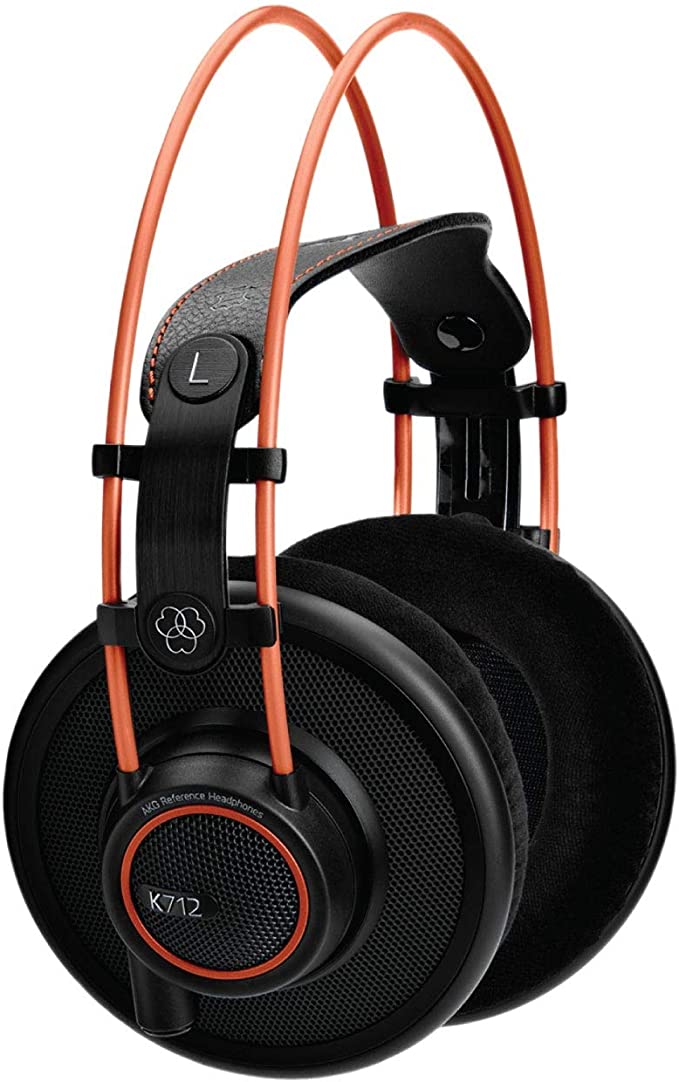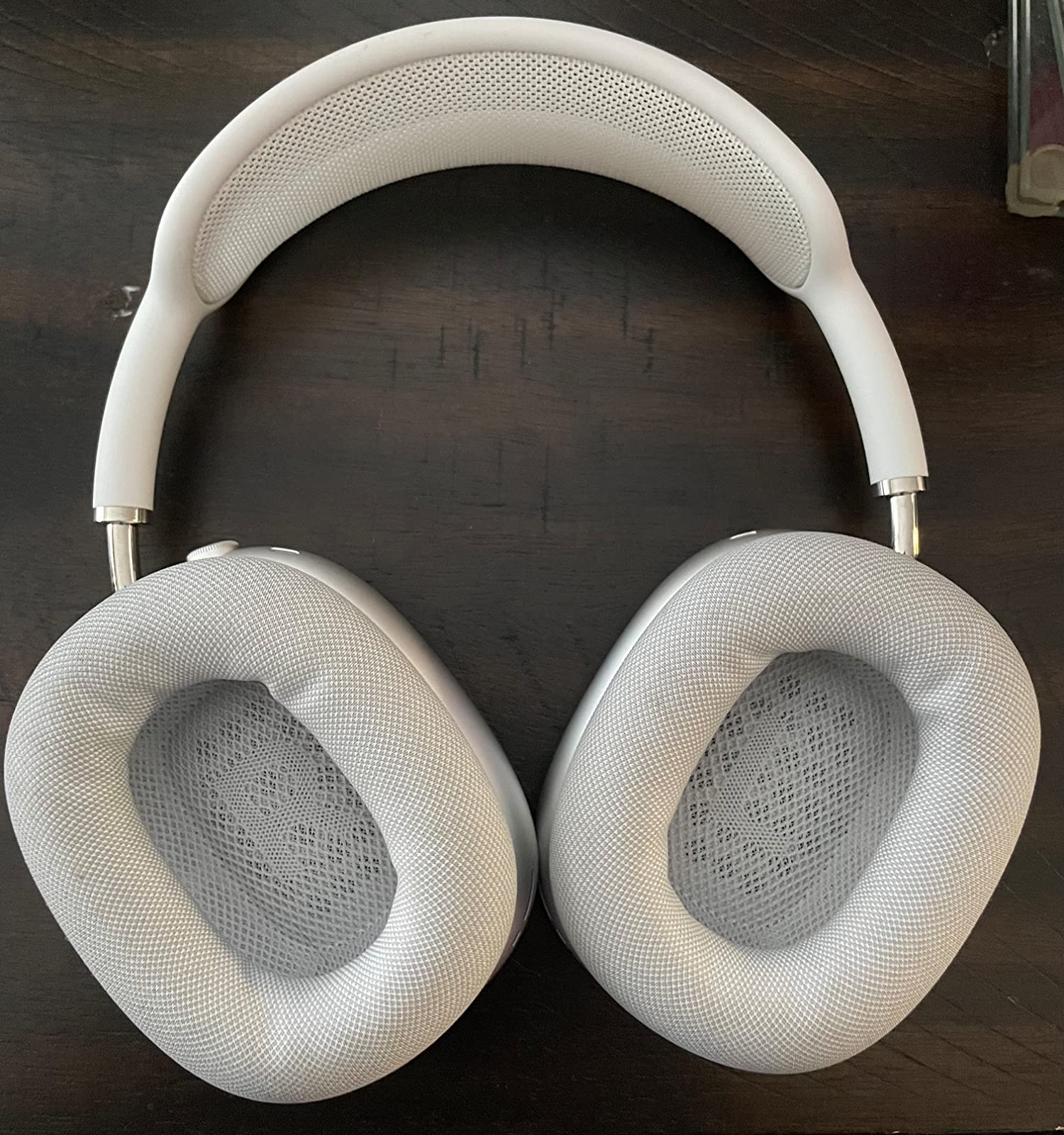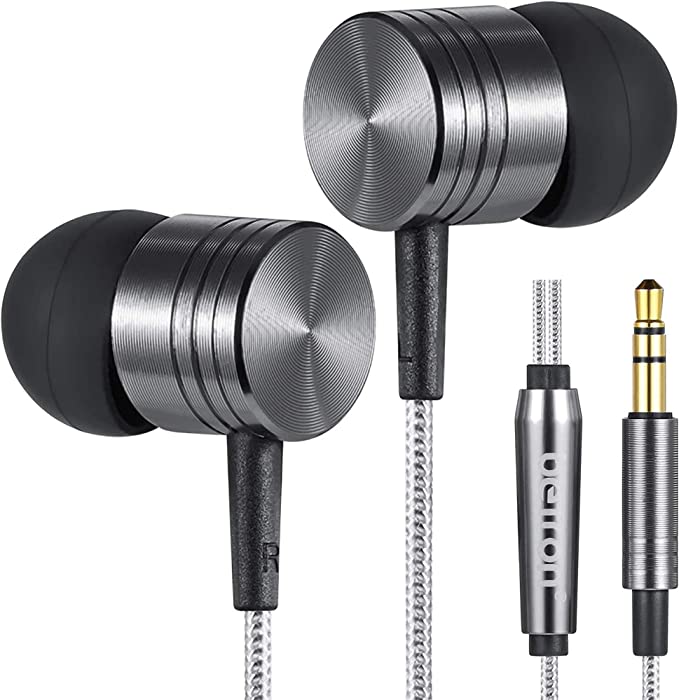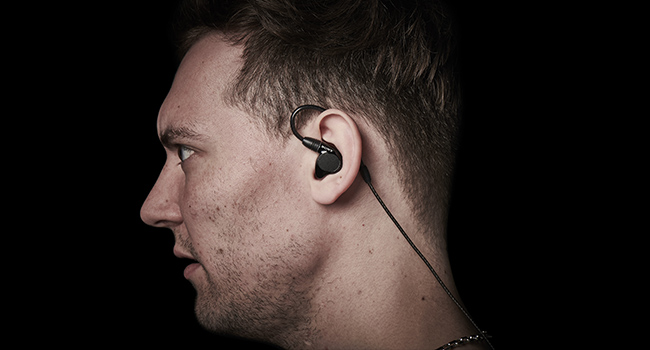Final A3000 In-Ear Wired Earphones – A Relaxing and Natural Sound Experience
Update on June 27, 2025, 5:33 a.m.
Have you ever closed your eyes while listening to music and felt the room around you disappear, replaced by the space of the recording itself? Sometimes, it’s an intimate club with the singer seemingly inches away. Other times, it’s a vast concert hall where the orchestra stretches out before you. This holographic sense of space—what audiophiles call “soundstage”—is one of the most magical and elusive qualities in audio reproduction. But it’s not magic. It’s architecture.
As an audio engineer, I see earphones not just as devices, but as miniature acoustic environments. The designer is the architect, making deliberate choices about structure, materials, and acoustics to shape the listener’s experience. Today, we’re going to explore a fascinating piece of acoustic architecture: the Final A3000. This earphone from the revered Japanese brand is famous for its spacious, almost out-of-head sound. Yet, some listeners find it lacks punch and bite. This isn’t a contradiction; it’s the blueprint. By deconstructing its design, we can understand the brilliant trade-offs required to build a cathedral of sound in something that fits in your pocket.

The Foundation: The Unseen Genius of a Perfect Fit
Before we even talk about sound, we have to talk about silence and stability. The most sophisticated sound system in the world is useless if its foundation is shaky. For an in-ear monitor (IEM), that foundation is the fit. The A3000’s housing is crafted from a lightweight ABS thermoplastic into what Final calls a 3-point housing design. The goal is for the shell to rest securely against three specific points in your outer ear (the concha), creating an incredibly stable, pressure-free fit. One user aptly described it as “possibly THE best fitting IEMs I’ve worn.”
This isn’t just about comfort for long listening sessions. It’s a critical acoustic principle. A stable fit ensures that the earphone’s nozzle points at your eardrum at a consistent angle and distance, every single time you put it in. This stability is paramount for creating a believable soundstage. Why? Because the brain constructs its map of auditory space using incredibly subtle timing and frequency cues. If the earphone is constantly shifting, those cues become a smeared, incoherent mess. A stable fit is the bedrock upon which any believable acoustic illusion is built.

The Blueprint: A Philosophy of Calculated Restraint
With our foundation secure, we can look at the architect’s plan. Most mainstream headphones today are tuned to a target curve, like the popular Harman Target, which aims to replicate the sound of good speakers in an ideal room. A key feature of this tuning is a significant boost in the upper-midrange, between 2kHz and 5kHz. This is called Pinna Gain, and it mimics the natural amplification provided by the folds of our outer ear (the pinna). It can make vocals and instruments sound clear and present. However, for some, it can also sound aggressive, “shouty,” and lead to listening fatigue.
Final, with its guiding philosophy of pursuing “things that are fundamentally right,” takes a different path with the A3000. It deliberately tames that Pinna Gain. The result is a sound that is smoother, less forward, and profoundly relaxing. But physics is a zero-sum game. By reducing the energy in this critical region, you also reduce the “bite” on electric guitars, the sharp snap of a snare drum, and the perceived “edge” of vocals. Herein lies the first major architectural trade-off: the A3000 sacrifices a degree of aggression and raw excitement for a sound you can live inside for hours without feeling sonically assaulted. It’s a choice for immersion over impact.
The Engine Room: The Art of Damping and Driver Speed
Now, let’s venture into the engine room: the newly developed ‘f-Core DU’ 6mm dynamic driver. When users describe the A3000’s sound as pleasantly detailed but also occasionally “smeary” or “smoggy,” they are sensing the driver’s behavior in the time domain. This is a function of its damping.
Think of it like a car’s suspension. A race car has very stiff suspension. It transmits every tiny detail of the road to the driver (fast transient response, high detail), but it’s a harsh ride. A luxury sedan has soft suspension. It glides over bumps, providing a smooth and comfortable journey, but it masks the fine texture of the road surface (slower transient response, less perceived detail).
The A3000’s driver is tuned more like the luxury sedan. It’s intentionally damped to control resonances and create a fluid, coherent presentation. The start and stop of notes are slightly rounded, “smearing” into one another in a way that creates a sense of atmosphere and cohesion. A driver tuned for maximum speed would provide a sharper, more defined image, but could also sound sterile or disjointed. The A3000’s architect chose smoothness, making another critical trade-off: it sacrifices the last word in analytical clarity for a holistic and enveloping musicality. This is why its soundstage feels so vast and circular—the slightly longer decay of notes helps to paint a larger, more reverberant-sounding space.

Interior Finishing: The Final Touches That Matter
The final details of our acoustic architecture are the accessories, which are far from afterthoughts. The soft, pliable final TYPE-E eartips use a dual-density silicone construction to ensure a perfect acoustic seal—essential for preventing bass leakage and preserving the integrity of the sound. The included Oxygen-Free-Copper (OFC) cable provides a clean, uncolored signal path to the drivers. These elements are the fine-tuning, the interior finishing that ensures the architect’s vision is realized without compromise.
An Architecture for Listening, Not Just Hearing
In the end, the Final A3000 is not a skyscraper designed to impress with sheer technical might. It’s not a reference tool for dissecting every flaw in a recording. It is a thoughtfully constructed space designed for a specific purpose: immersive, spacious, and relaxed listening. It’s an architectural choice, a Japanese garden built for contemplation, not a stadium built for raw energy.
Its perceived weaknesses—the gentle bass, the smooth transients, the polite upper-mids—are not failures of engineering. They are the necessary sacrifices made to achieve its singular, remarkable strength: a soundstage that breathes, inviting you not just to hear the music, but to inhabit it. For listeners who find modern audio too aggressive, and for those who crave atmosphere over analysis, the Final A3000 is more than an earphone. It’s a room with a beautiful view.



























































